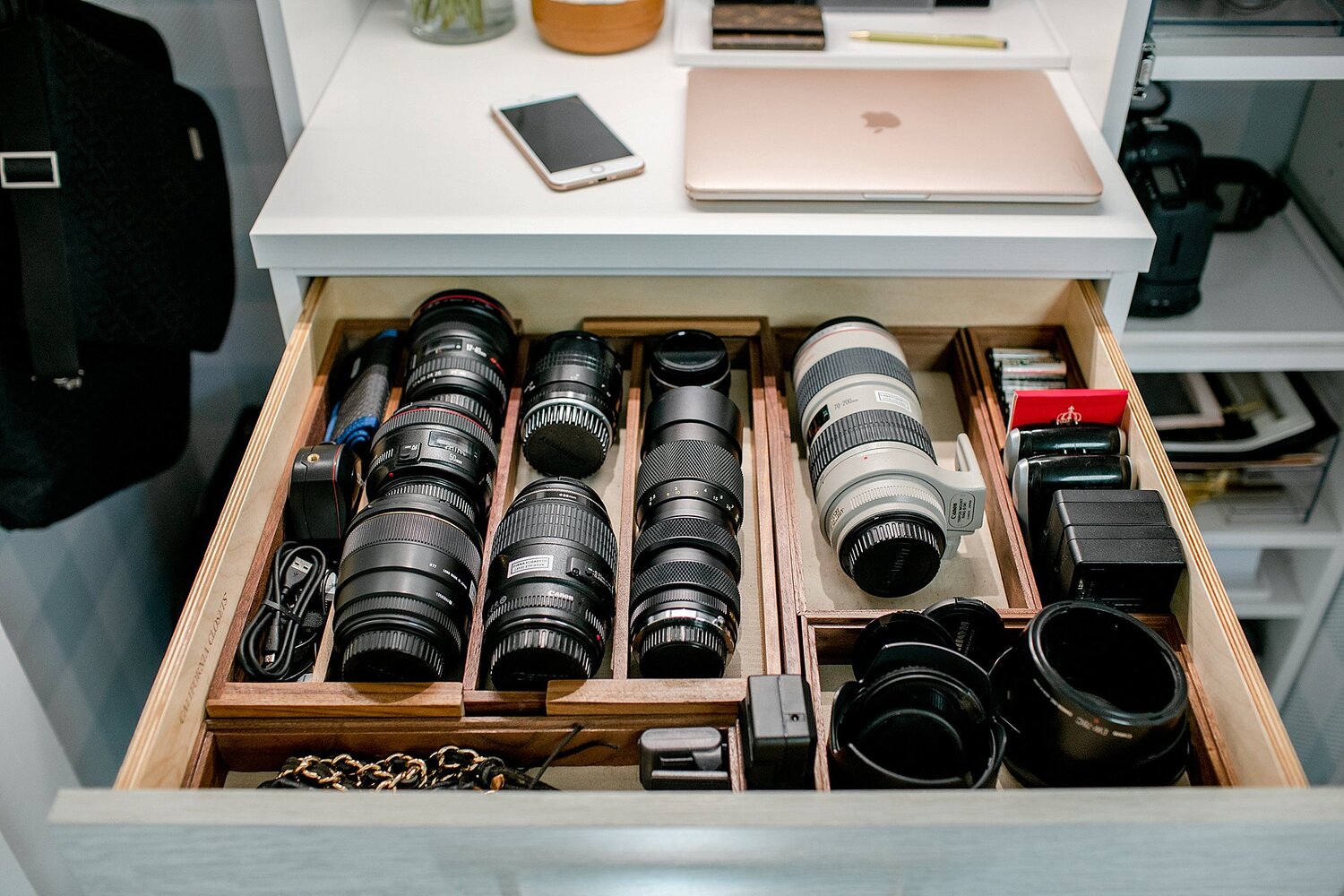

Articles
How To Store Camera Equipment
Modified: October 27, 2024
Looking for articles on how to store camera equipment? Our comprehensive guide will provide you with expert tips and techniques to keep your gear safe and organized.
(Many of the links in this article redirect to a specific reviewed product. Your purchase of these products through affiliate links helps to generate commission for Storables.com, at no extra cost. Learn more)
Introduction
As a photographer, investing in high-quality camera equipment is essential to capture stunning images. Your camera bodies, lenses, and accessories are not only expensive but also delicate and prone to damage. Proper storage of your camera equipment is crucial to ensure its longevity and performance.
In this article, we will explore the importance of proper storage for camera equipment and provide you with practical tips and guidelines to keep your gear safe and organized. From choosing the right camera bag to protecting and cleaning your equipment, we’ve got you covered.
Whether you’re a professional photographer or an avid enthusiast, maintaining your camera gear in top condition should be a top priority. A well-maintained and neatly organized kit will not only make your shooting experience more efficient but also save you time and money in the long run.
So, let’s dive in and discover the best practices for storing camera equipment!
Key Takeaways:
- Proper storage of camera equipment is crucial for protecting your investment, ensuring easy access, and preventing damage from dust and moisture. Organizing, cleaning, and creating a secure storage space are key to maintaining optimal condition.
- Long-term storage requires extra care, including removing batteries, protecting against pests, and backing up data. By following these steps, you can ensure that your camera equipment remains in optimal condition for future use.
Read more: How To Store A Rope
Importance of Proper Storage for Camera Equipment
Proper storage of camera equipment is vital for several reasons. Firstly, it protects your investment. Cameras, lenses, and accessories are expensive, and improper storage can lead to damage or deterioration, resulting in costly repairs or replacements.
Secondly, maintaining a well-organized storage system ensures easy access to your gear. When you’re on a shoot and need to quickly switch lenses or find a specific accessory, you don’t want to waste time rummaging through a chaotic pile of equipment. A well-organized storage solution allows you to have everything in its place, saving you valuable time and increasing your productivity.
Thirdly, proper storage prevents dust, dirt, and moisture from damaging your equipment. Dust particles can accumulate on camera sensors, affecting image quality, while moisture can lead to corrosion and malfunctions. By storing your gear in a clean and dry environment, you minimize the risk of these issues and prolong the lifespan of your equipment.
Furthermore, proper storage reduces the chances of accidental damage. Cameras and lenses are delicate instruments that can be easily scratched, bumped, or dropped if not stored securely. By providing a dedicated space for your equipment, you decrease the risk of accidents and increase its overall longevity.
Lastly, proper storage helps you stay organized and maintain an inventory of your gear. Keeping track of your equipment is crucial, especially if you work on multiple projects or have a large collection. By having a system in place, you can easily identify missing or damaged items and take appropriate action.
In summary, proper storage is essential for protecting your investment, ensuring easy access to your gear, preventing damage from dust and moisture, reducing the risk of accidental damage, and maintaining an organized inventory.
Choosing the Right Camera Bag
When it comes to storing and transporting your camera equipment, choosing the right camera bag is crucial. The bag should not only provide adequate protection but also be comfortable to carry and allow for easy organization of your gear.
First and foremost, consider the size of the bag. You want a bag that can accommodate all of your essential equipment without being too bulky or heavy. Look for a bag that has customizable, padded compartments to safely hold your camera bodies, lenses, and accessories. This will help prevent any potential damage from items shifting or banging against each other.
Next, consider the style of the bag. There are several options available, including backpacks, shoulder bags, and sling bags. The style you choose will depend on your personal preference and shooting style. Backpacks offer a comfortable carry and even weight distribution, making them ideal for long hikes or travel. Shoulder bags provide quick access to your gear, making them convenient for on-the-go shooting. Sling bags offer a mix of comfort and accessibility, with the added benefit of being able to swing the bag around to access your gear without taking it off.
Another important factor to consider is the bag’s durability and weather resistance. Look for a bag made from high-quality materials, such as nylon or polyester, that can withstand wear and tear. Additionally, consider a bag with weatherproofing features, like a rain cover or water-resistant materials, to protect your gear from unexpected weather conditions.
Comfort is also key when choosing a camera bag. Look for adjustable shoulder straps or padded handles to ensure a comfortable carry, especially if you’ll be carrying the bag for extended periods. Some bags even have additional features like waist straps or chest straps to distribute the weight more evenly and reduce strain on your back and shoulders.
Lastly, consider the accessibility and organization features of the bag. Look for bags with multiple pockets and compartments to keep your gear organized and easily accessible. Some bags even have dedicated laptop or tablet compartments, allowing you to carry your editing tools with you. Additionally, consider bags with easy-to-use zippers or quick-release buckles for smooth access to your equipment.
Remember, when choosing the right camera bag, prioritize protection, comfort, durability, and organization. Find a bag that suits your specific needs and shooting style, ensuring that your gear remains safe and accessible wherever you go.
Organizing Camera Bodies and Lenses
Keeping your camera bodies and lenses organized is essential for easy access and protection. Here are some tips to help you efficiently organize your gear:
- Use Lens Pouches or Cases: Invest in separate lens pouches or cases for each lens to protect them from dust, scratches, and impacts. Label each case with the lens focal length for easy identification.
- Utilize Camera Inserts or Dividers: Many camera bags come with customizable inserts or dividers. Use these to create compartments for your camera bodies and lenses. Ensure a snug fit to minimize movement and potential damage.
- Arrange Lenses by Size: Organize lenses in your camera bag based on their size, with the largest lenses at the bottom for stability. This will help prevent any accidental toppling or damage to smaller, more delicate lenses.
- Store Camera Bodies with Caps Attached: When not in use, keep lens caps and body caps attached to camera bodies and lenses. This provides an extra layer of protection against dust and dirt.
- Consider Lens Racks or Wall Mounts: If you have a collection of lenses, consider investing in lens racks or wall mounts. These provide a dedicated space to store and display your lenses, keeping them organized and easily accessible.
- Label and Keep an Inventory: Label your camera bodies and lenses with unique identifiers or stickers for easy identification. Additionally, keep a detailed inventory of your gear, noting serial numbers and any accessories included.
- Keep Lens and Body Caps in a Separate Pouch: To prevent misplacing lens and body caps, keep them in a separate pouch or pocket in your camera bag. This will ensure they are easily accessible when needed.
- Regularly Clean and Inspect: Take time to clean and inspect your camera bodies and lenses regularly. Remove any dust or debris and check for signs of damage or wear. This will help you identify and address any issues before they worsen.
By organizing camera bodies and lenses in a systematic and careful manner, you can protect your gear from damage and easily locate the equipment you need for every shoot.
Storing Camera Accessories
In addition to camera bodies and lenses, photographers often have a range of accessories that require proper storage. Here are some tips for organizing and storing your camera accessories:
- Use Small Storage Cases or Pouches: Invest in small storage cases or pouches to keep your accessories organized and protected. Choose options with compartments to separate items like memory cards, batteries, chargers, cables, and filters.
- Label and categorize: Label each storage case or pouch with the type of accessories it contains. This will make it easier to find specific items when you need them.
- Invest in Cable Organization Solutions: Keep your cables tangle-free by using cable management solutions such as cable ties, cable sleeves, or cable organizers. These will not only keep your bag organized but also help prevent any damage to the cables.
- Dedicate a Pocket or Compartment: Set aside a designated pocket or compartment in your camera bag to store small accessories that you frequently use. This will ensure easy access and prevent them from getting lost or damaged.
- Separate Unused and Backup Accessories: If you have extra or backup accessories, store them separately to avoid confusion. Keep them in a safe place, away from your primary gear, ensuring they’re readily available when needed.
- Consider a Memory Card Organizer: Invest in a memory card organizer to keep your memory cards safe and secure. These organizers typically have slots for multiple cards and offer protection against moisture and impact.
- Regularly Inspect and Test: Periodically inspect your accessories for any signs of wear, damage, or corrosion. Test batteries, chargers, and cables to ensure they are functioning properly. Replace any faulty or outdated accessories to maintain optimal performance.
- Keep Manuals and Documentation: Store manuals, warranties, and other documentation related to your camera equipment in a separate folder or file. Keep these documents easily accessible for reference or potential resale.
By utilizing appropriate storage cases, categorizing, organizing cables, and regularly inspecting your accessories, you can ensure that they remain in good condition and ready for use whenever you need them.
When storing camera equipment, use silica gel packets to absorb moisture and prevent mold or mildew from forming. Place them in your camera bag or storage container to keep your gear dry and in good condition.
Read more: How To Store Tarps
Protecting and Cleaning Camera Equipment
Protecting and cleaning your camera equipment is crucial to maintain its performance and longevity. Here are some essential tips for protecting and cleaning your gear:
- Invest in UV Filters: To protect your lenses from scratches, dust, and accidental impact, consider using UV filters. These filters not only provide an extra layer of protection but also help reduce the effects of ultraviolet light.
- Use Lens Hoods: Lens hoods can help minimize lens flare and protect the front element of your lens from direct contact with objects and potential damage.
- Keep Silica Gel or Moisture Absorbers: Place silica gel packets or moisture absorbers in your camera bag to combat humidity and prevent moisture accumulation, which can lead to mold, corrosion, and other damage.
- Handle Equipment with Clean Hands: Before handling your camera equipment, ensure your hands are clean. This will help prevent transferring oils, dirt, or moisture onto the gear.
- Store in Dry Environment: Keep your camera equipment stored in a dry and cool environment to minimize the risk of moisture damage. Avoid storing gear in places prone to humidity or extreme temperature changes.
- Use Compressed Air: Use a can of compressed air to remove dust and debris from camera bodies, lenses, and other accessories. Hold the can upright and use short bursts to avoid damaging any delicate components.
- Use a Soft, Microfiber Cloth: Clean your lenses and camera bodies regularly using a soft microfiber cloth. This will help remove smudges, fingerprints, and other debris without scratching the surfaces.
- Avoid Harsh Cleaning Solutions: When cleaning your camera gear, avoid using harsh cleaning solutions or abrasive materials. Stick to camera-specific lens cleaning solutions and gentle cleaning techniques.
- Inspect and Clean Tripods and Mounts: Regularly inspect and clean your tripods and lens mounts. Remove any accumulated dirt, sand, or dust particles that could affect the stability or functionality of your gear.
- Store with Lens Caps and Body Caps: When not in use or during transportation, always attach lens caps and body caps to protect your camera bodies and lenses from dust, moisture, and accidental damage.
By following these protection and cleaning practices, you can ensure that your camera equipment stays in optimal condition, guaranteeing reliable performance and extending its lifespan.
Creating a Safe Storage Space
Creating a safe storage space for your camera equipment is essential to protect it from potential damage and ensure its longevity. Here are some tips for creating a secure and organized storage space:
- Choose a Dedicated Area: Designate a specific area in your home or studio solely for storing your camera gear. This will help create a focused and dedicated space for your equipment.
- Control Temperature and Humidity: Keep the storage space at a moderate temperature and humidity level, avoiding extreme conditions. High humidity can lead to moisture damage, while low humidity can cause materials to dry out and become brittle.
- Consider a Climate-Controlled Environment: If possible, store your camera equipment in a climate-controlled storage room or cabinet. This will help regulate temperature and humidity levels, providing optimal conditions for your gear.
- Install Shelving or Storage Units: Use shelves, storage units, or dedicated camera cabinets to keep your equipment organized and off the floor. This will prevent any potential damage from accidental bumps or floor moisture.
- Utilize Silica Gel or Dehumidifiers: Place silica gel packets or dehumidifiers in the storage space to absorb excess moisture and prevent mold or corrosion. Ensure you regularly replace or recharge them as needed.
- Keep the Storage Space Clean and Dust-Free: Regularly clean the storage area to minimize dust and dirt accumulation. Use a dust cloth or vacuum with a brush attachment to remove any debris that could potentially settle on your equipment.
- Install Security Measures: If your camera equipment is stored in a shared space or you have expensive gear, consider installing security measures such as locks, surveillance cameras, or an alarm system to protect against theft or unauthorized access.
- Use Desiccant Packs: Desiccant packs can help absorb moisture within a storage space. Place them strategically in the storage area to mitigate the risk of moisture damage to your camera gear.
- Organize Equipment with Labels: Use labels or clear storage containers to organize your equipment systematically. Clearly labeling each item or container will make it easier to locate specific gear when needed.
- Maintain an Inventory: Keep a detailed inventory of your camera equipment, including model numbers, serial numbers, and purchase dates. This will help you track your gear and provide important information for insurance purposes.
By creating a safe storage space and following these guidelines, you can ensure that your camera equipment remains protected, organized, and easily accessible whenever you need it.
Additional Tips for Long-Term Storage
Long-term storage of camera equipment requires extra care and attention to ensure its preservation. Here are some additional tips to consider for long-term storage:
- Remove Batteries: Before long-term storage, remove batteries from your camera bodies, flash units, and other accessories. This helps prevent corrosion and potential leakage that can damage your gear.
- Charge Batteries: If you’re storing rechargeable batteries, make sure they are fully charged before storage. Partially discharged batteries can degrade over time and may become unusable.
- Protect Against Pests: Store your camera equipment in a pest-free environment. Insects, rodents, and other pests can cause significant damage by chewing on cables, nesting inside storage spaces, or leaving droppings.
- Use Camera Body Caps and Rear Lens Caps: When storing camera bodies and lenses, use body caps and rear lens caps to protect them from dust, moisture, and damage.
- Update Firmware: Before storage, consider updating the firmware of your camera bodies and lenses to the latest versions. This can address any potential issues or improve performance.
- Backup Data: Backup the data stored on memory cards and other storage devices to ensure your photos and videos are not lost or corrupted.
- Rotate and Test Equipment: If you’re storing equipment long-term, it’s a good idea to periodically rotate and test them. This helps prevent mechanical issues and ensures that your gear remains functional.
- Keep Accessories Together: Store camera accessories, such as remote triggers, filters, and lens hoods, together with their respective gear to avoid misplacement and facilitate easy retrieval when needed.
- Check Insurance Coverage: Review your insurance policy to ensure that your camera equipment is adequately covered during storage. Consider additional coverage options if necessary.
- Keep a Record of Storage Conditions: Make a note of the storage conditions, including temperature and humidity levels, in case any issues arise. This information can be helpful for troubleshooting or insurance purposes.
By following these additional tips for long-term storage, you can protect your camera equipment and ensure that it remains in optimal condition for future use.
Conclusion
Proper storage of camera equipment is essential for preserving its value, ensuring easy access, and prolonging its lifespan. By following the tips and guidelines outlined in this article, you can create a safe and organized system for storing your camera bodies, lenses, and accessories.
Choosing the right camera bag, organizing your gear, protecting and cleaning your equipment, and creating a secure storage space are all crucial steps in maintaining the optimal condition of your camera equipment. By investing in high-quality storage solutions, such as lens cases, camera inserts, and silica gel packets, you can protect your gear from dust, moisture, and accidental damage.
Regularly inspecting and cleaning your camera equipment, including lenses, camera bodies, and accessories, helps prevent any issues from escalating. Keeping your gear organized and easily accessible saves you time and ensures that you have everything you need for your photography sessions.
Whether you’re a professional photographer or an enthusiastic hobbyist, taking proper care of your camera equipment is essential. Long-term storage requires additional precautions, such as removing batteries, protecting against pests, and backing up data. By following these extra steps, you can ensure that your gear remains in optimal condition during extended periods of non-use.
Remember, taking care of your camera equipment is an investment in the quality of your work. By implementing these storage practices and incorporating them into your routine, you can protect your investment, maintain the performance of your gear, and capture stunning images for years to come.
Frequently Asked Questions about How To Store Camera Equipment
Was this page helpful?
At Storables.com, we guarantee accurate and reliable information. Our content, validated by Expert Board Contributors, is crafted following stringent Editorial Policies. We're committed to providing you with well-researched, expert-backed insights for all your informational needs.
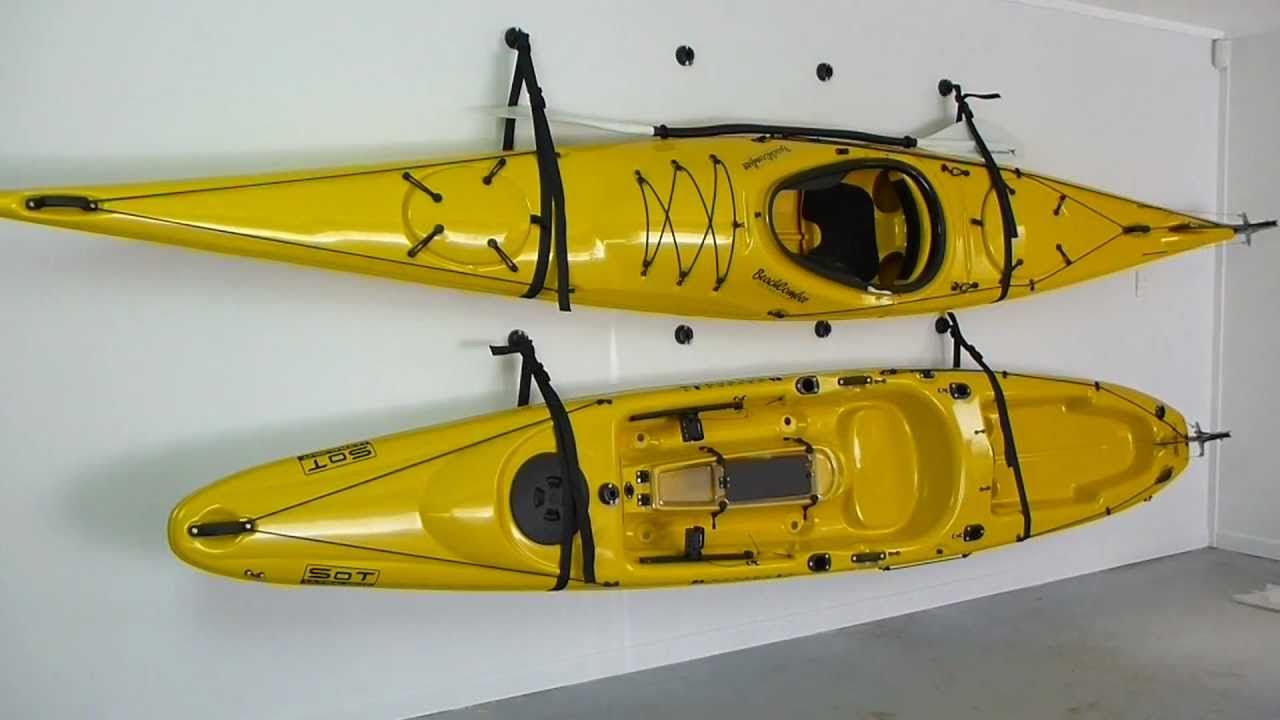



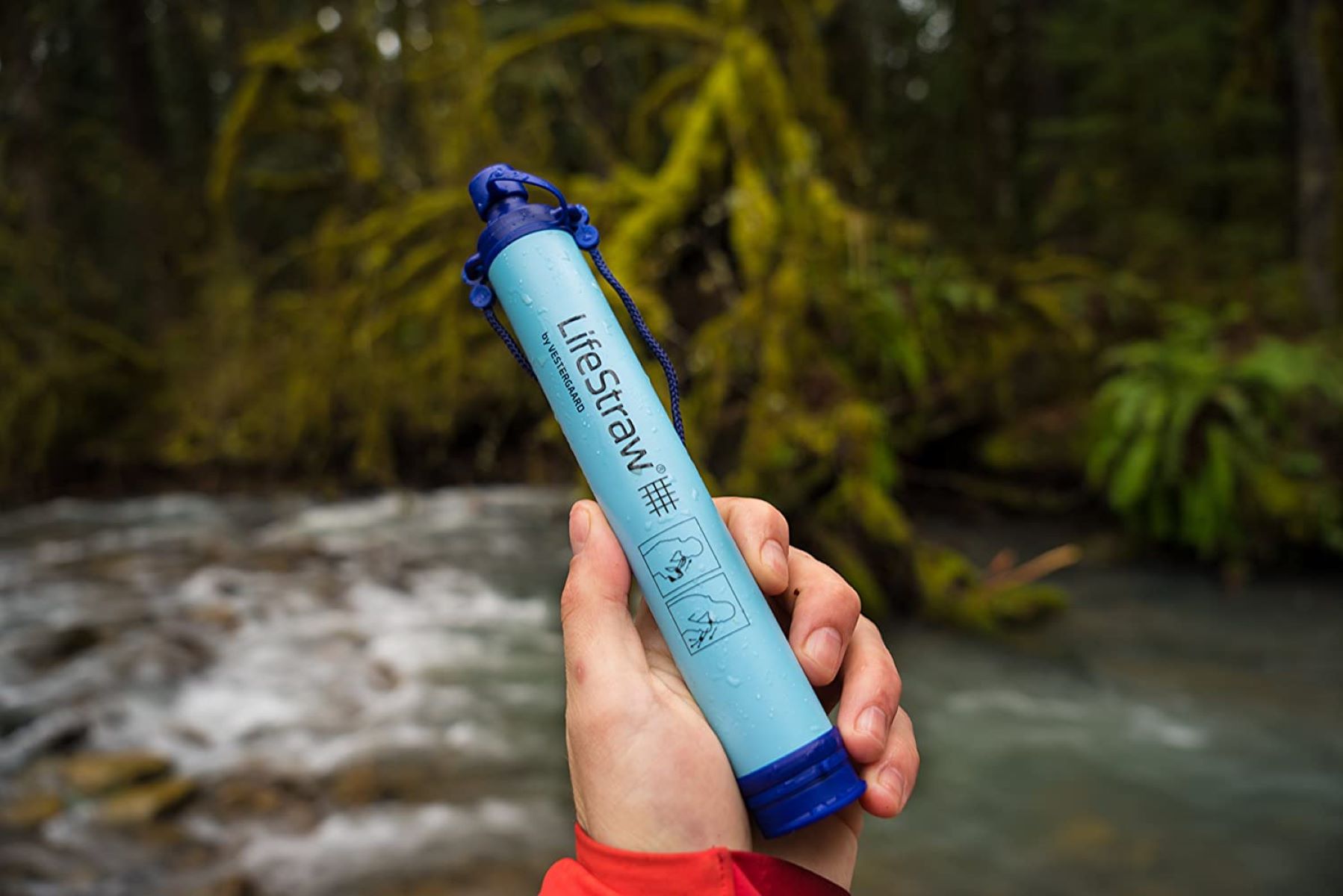
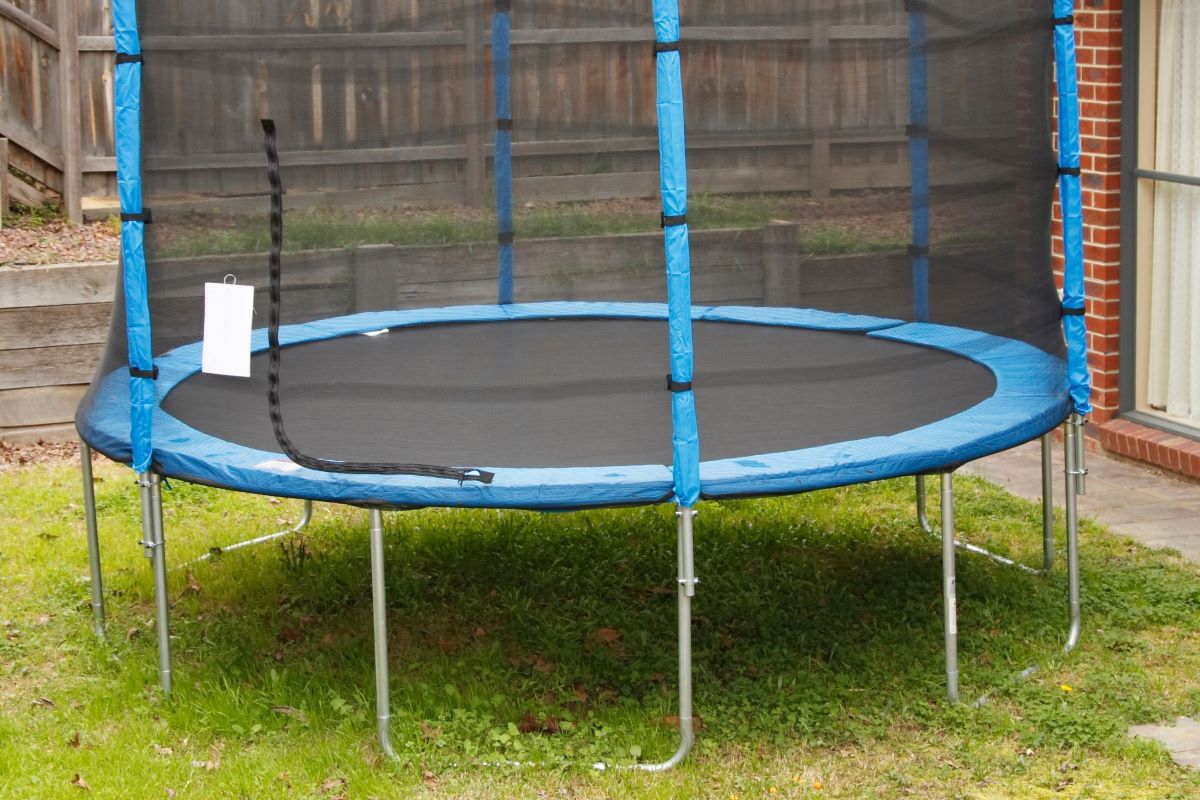
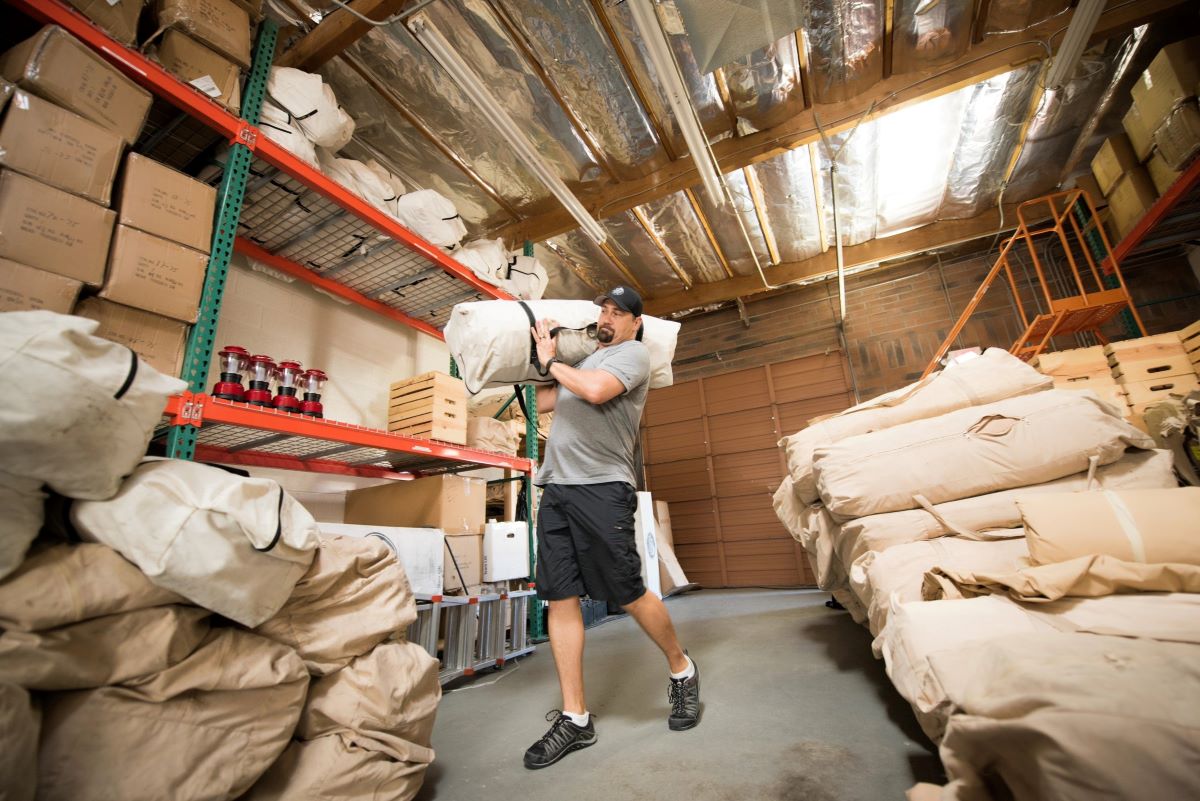
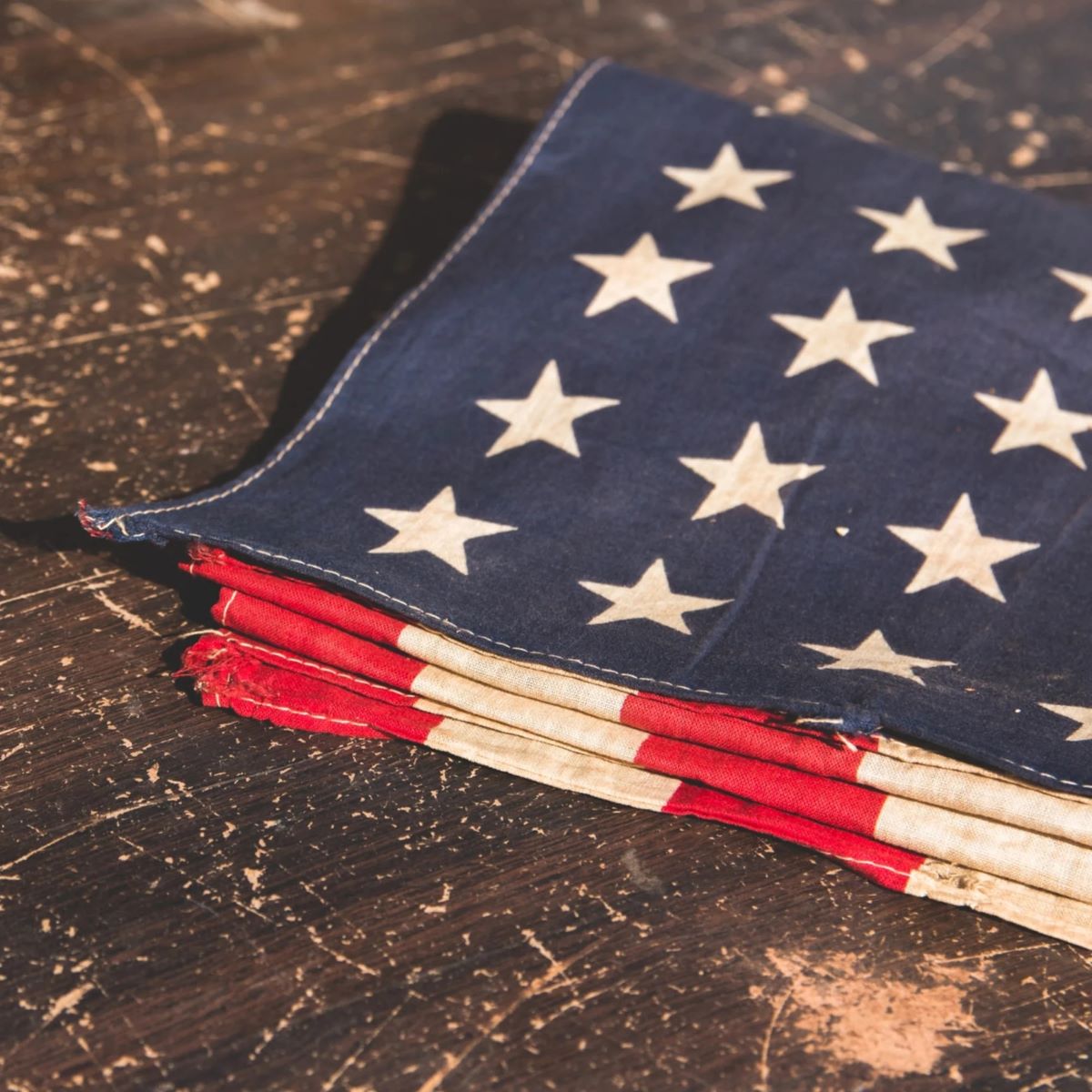
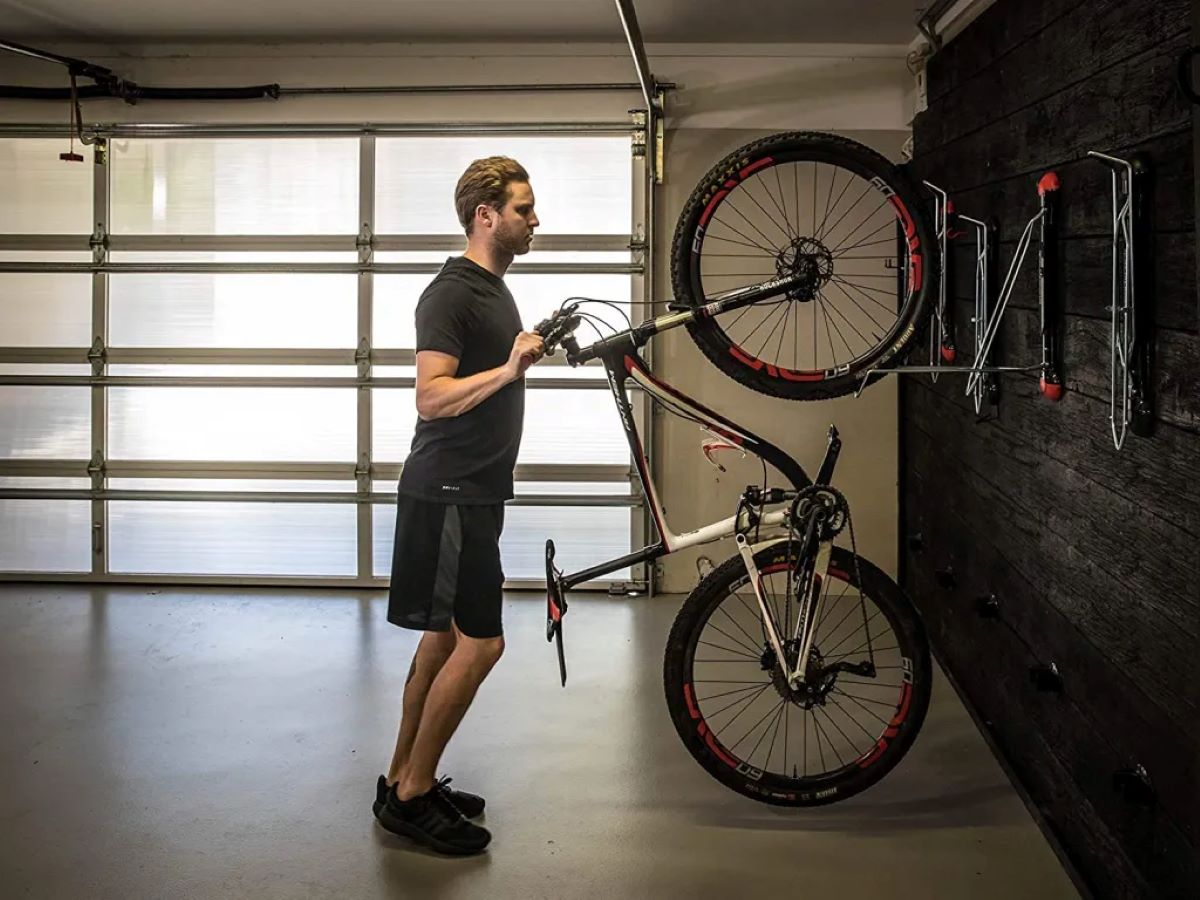

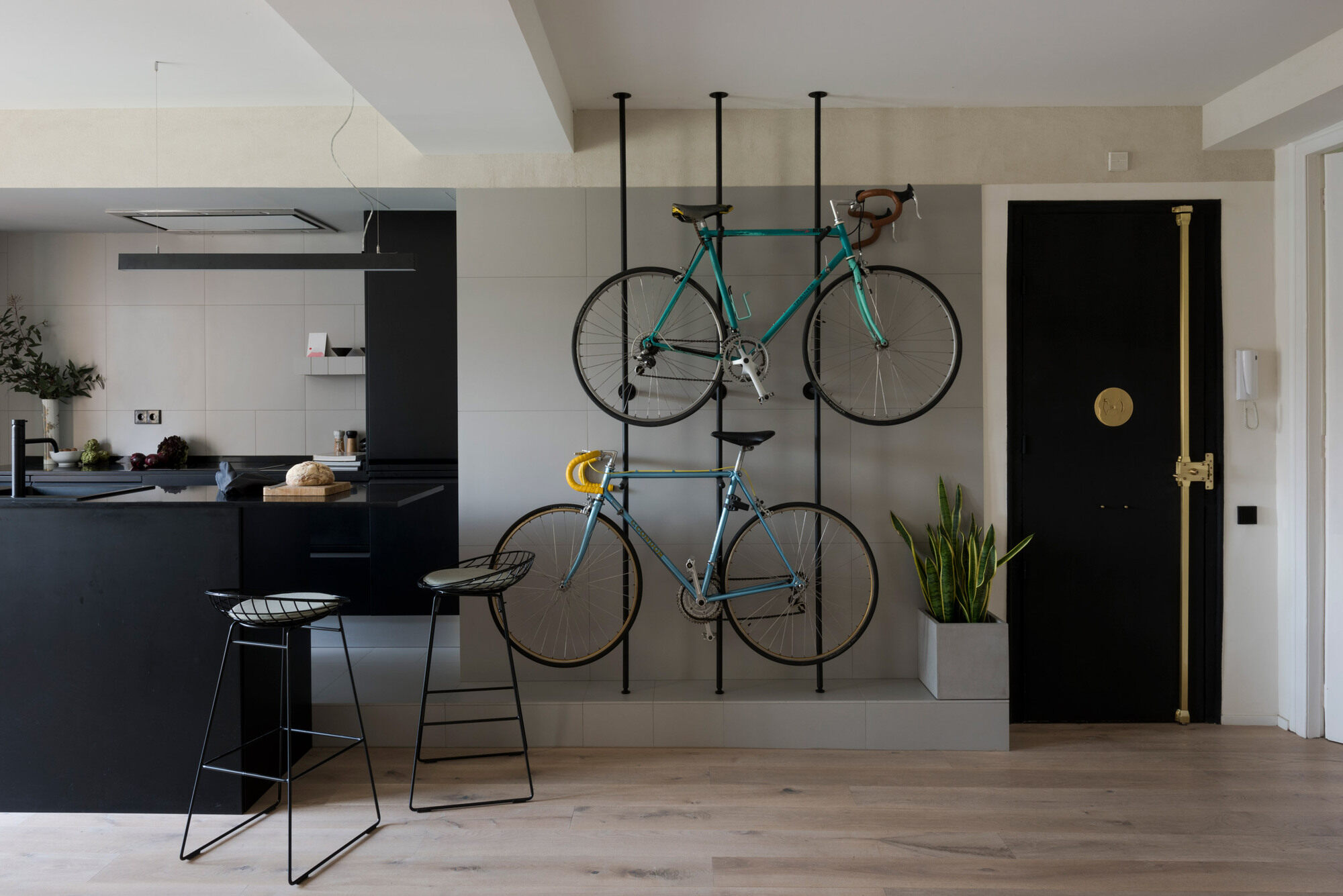
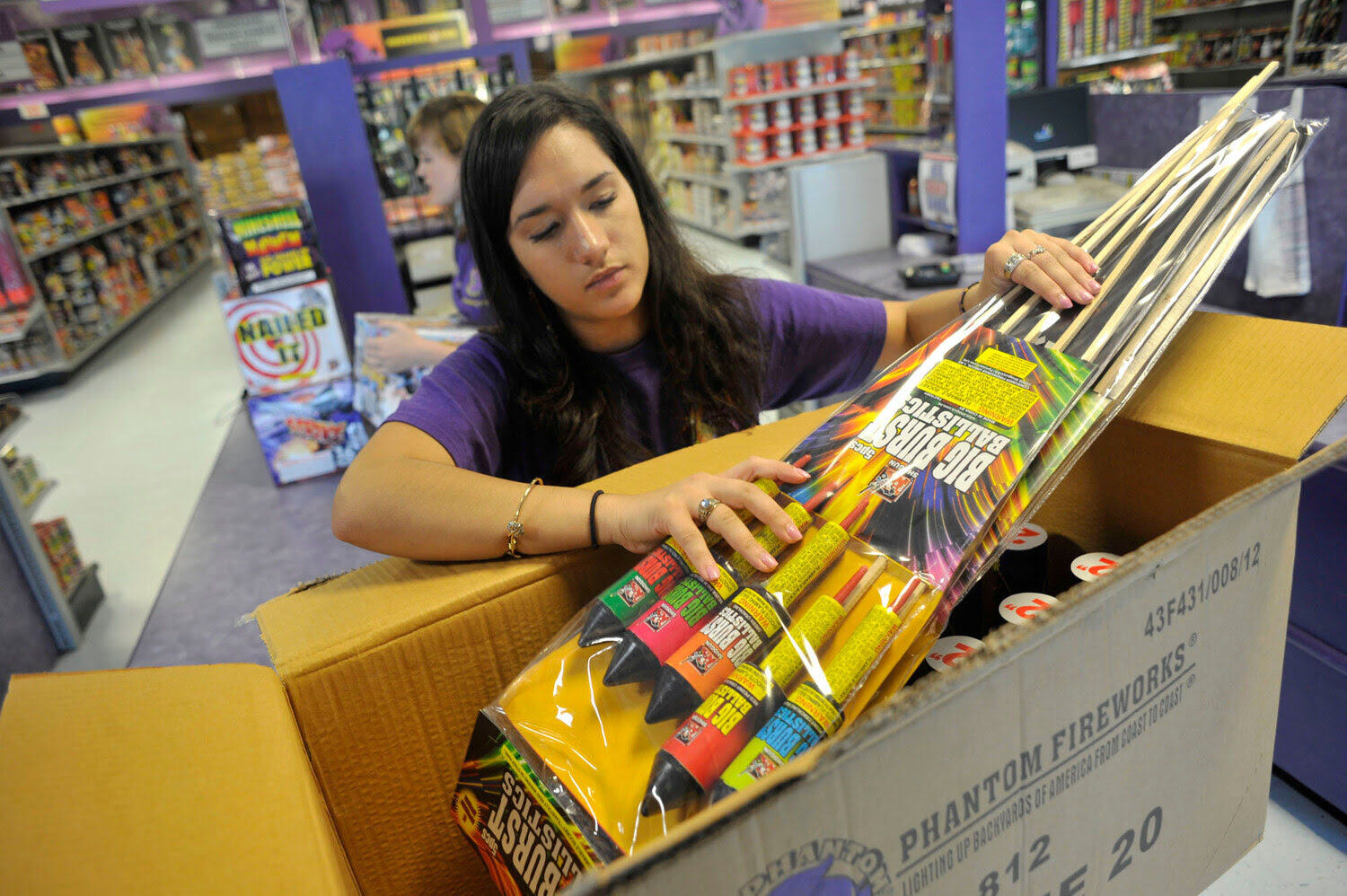
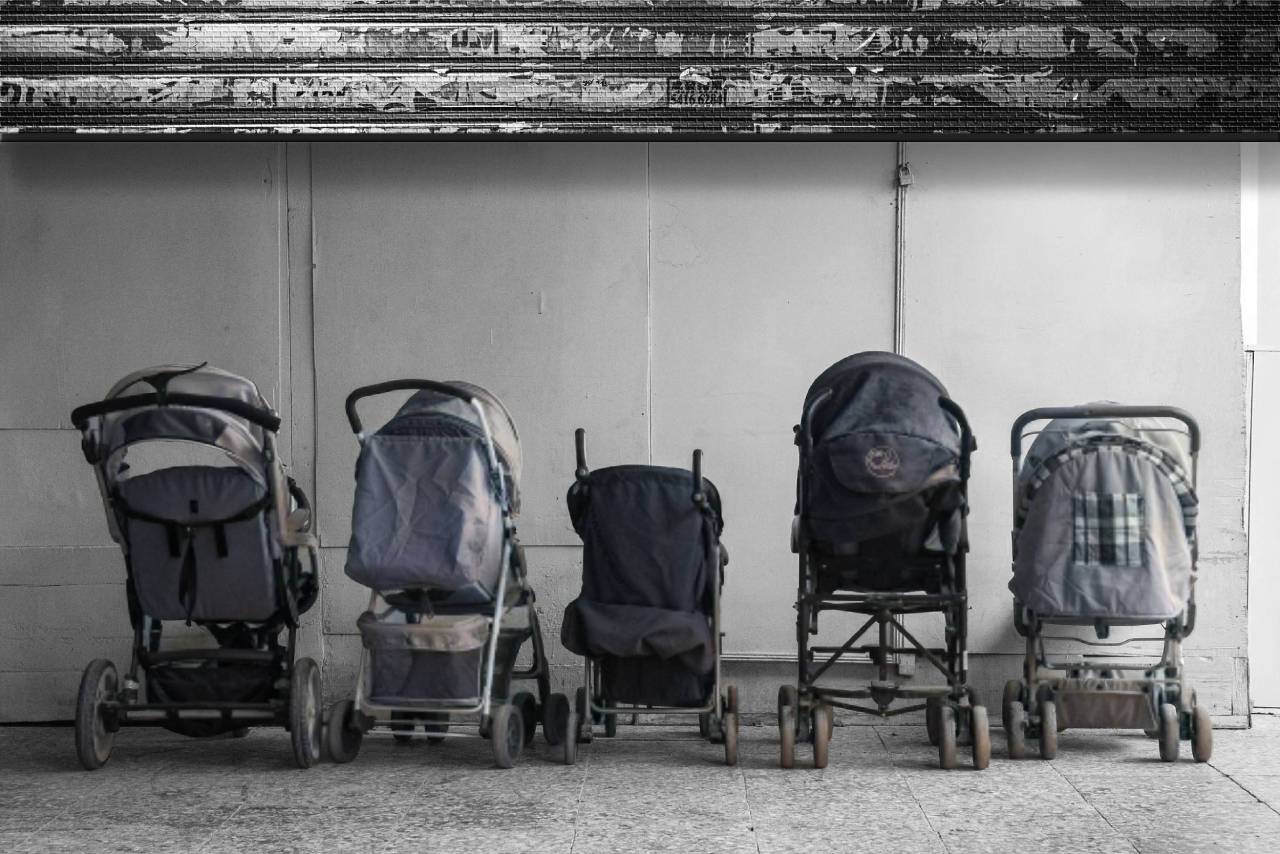
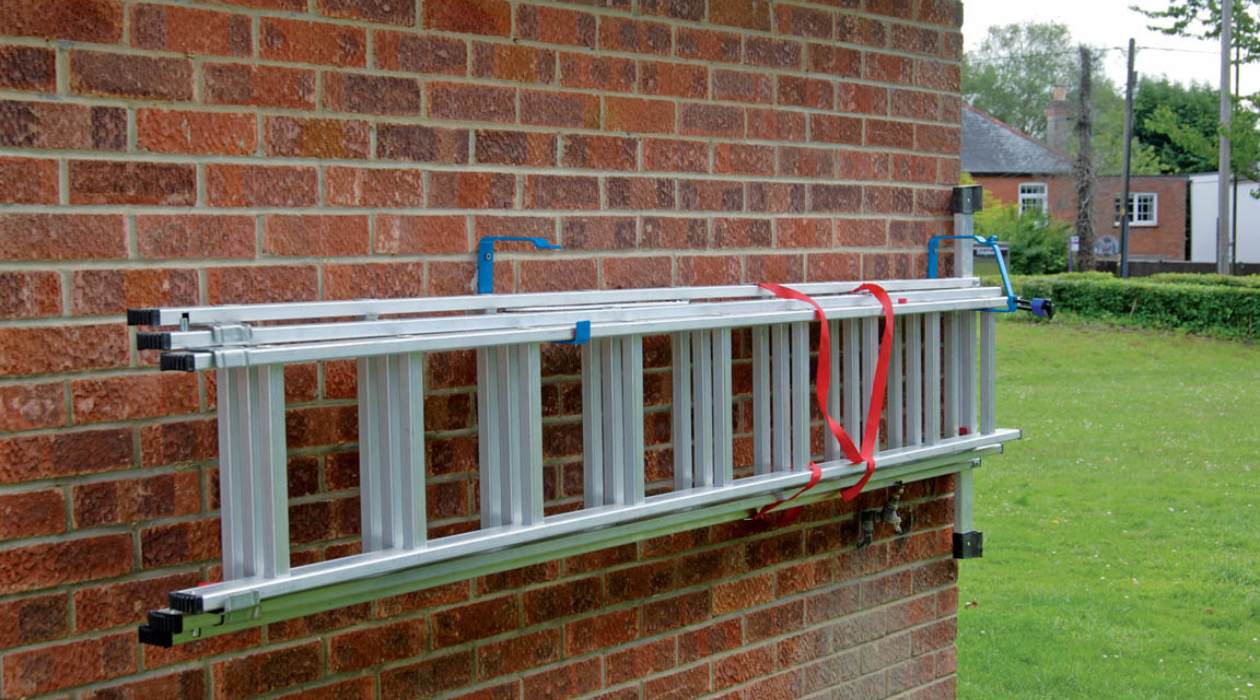

0 thoughts on “How To Store Camera Equipment”